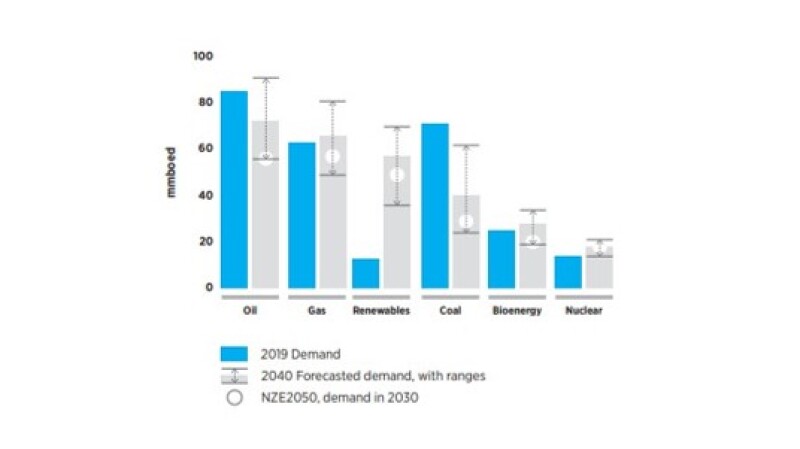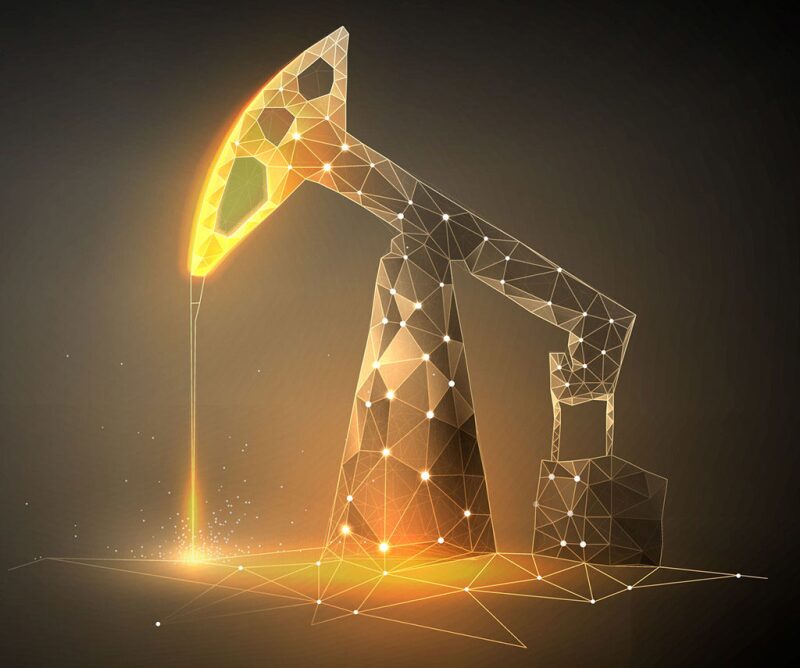Petroleum engineering is and will be needed for decades to come to provide the required energy for the world and help alleviate the challenges of climate change. Of course, petroleum engineering will evolve into energy transition as it has been changing since its inception in modern history with the Drake well in 1895, located in Pennsylvania. At the same time, we will continue to use the current practices in our daily operations. Petroleum engineering practices can and will also be used in solving some of the climate change issues. This information is described in detail in SPE 200771 (Kamal 2020). It is unfortunate this paper did not receive the same publicity in JPT as papers with differing viewpoints spelling the end of petroleum engineering.
Relevant discussions about petroleum engineering—its value, scope, and continuous developments—have been going on for a long time. The record shows that even early discussions have involved topics ranging from whether injecting water in a reservoir will ruin it, to the practicality of offshore drilling, to the value of drilling drain holes (an early name for horizontal wells). With the advent of concerns about climate change and introduction of renewable energy resources, the discussion about the future need for petroleum engineering took an added nontechnical dimension with various opinions appearing in SPE publications and social media. An objective look properly addressing this topic is needed.
Any discussion about the future of energy these days must include the effect of COVID-19. Nevertheless, it is a reasonable assumption that the pandemic will not affect the long range for energy need from oil and natural gas. The International Energy Agency report released in October 2020 (IEA 2020) predicted natural gas production returning to pre-pandemic levels in 2021 and oil production returning to pre-pandemic levels in 2023.
Several predictions for the world future energy need and mix are being made and routinely updated by governmental and industrial groups. First, we need to recognize that the type of energy the world uses is continually changing. Second, two factors will affect the future energy need: the expected increase in world population from around 7.5 to 9.0 billion and the increase in energy demand per capita as the quality of life for more people in developing countries continues to improve. The consistent predictions show the percentages of oil and natural gas in the energy mix declining from the low 50s in 2020 to the high 40s in 2040 and beyond. However, the produced volumes of oil and natural gas must increase with the demand for energy.
Fig. 1 shows these points. (IEA 2020,; IHS Markit 2020 Scenarios; Wood Mackenzie, Energy/Outlook 2020 Highlights.).

Fig. 2 shows the US Energy Information Administration’s (EIA) 2020 predictions. Renewables are projected to be the most-used energy by 2050. However, by simply looking at the graph, one can see that renewables will produce 250 quadrillion BTU by 2050, and oil and natural gas combined will produce about 445 quadrillion BTU.

Examples of additional evolving developments of petroleum engineering are its use in novel geothermal technology, hydrogen production and storage, as well as the increased use of data science and engineering analytics.
Geothermal is potentially a large source of energy that, unlike wind and solar, can be harvested 24/7. It is considered a green renewable energy. Traditional hot water and steam geothermal fields occur where higher-than-normal temperatures, fluids, and permeability exist, and the hot fluids are produced. Although the jury is still out, the idea of novel geothermal is to drill deep enough to reach fluids above boiling, even supercritical temperatures, and harvest the heat. This can be found in most places on the planet. A good way to think about it is to consider the traditional geothermal fields as the conventional oil and gas fields, where we are producing from reservoir-type rock, and the novel geothermal as the unconventional fields, where we are producing from source-type rock. A lot of petroleum engineering capabilities, of which one clear example is drilling, are needed to produce the new geothermal energy.
Hydrogen is being considered as an alternative fluid in some forms for transportation to reduce greenhouse-gases (GHG) production and improve energy storage. In two forms of hydrogen, grey and blue hydrogen, natural gas is the feedstock used. Therefore, additional production of natural gas would be needed in this regard.
Use of data analytics, machine learning, etc. erupted in various segments of the society over the past few years and included the oil industry. Petroleum engineers have been developing technology in this area for more than 30 years to enhance our abilities to manage oil and gas reservoirs.
Recent developments in this area led to very helpful results that benefited field operations (SPE 18722) as well as performance analyses (SPE 195278).
SPE 18722 showed that a machine-learning algorithm correctly matched the wells’ productivity indices that were calculated using pressure transient analysis of actual shut-in data, thus eliminating the need for field operation to shut in wells and lose production. SPE 195278 showed how a machine-learning algorithm successfully matched the calculated permeability, skin, and productivity indices for deepwater wells equipped with permanent downhole gauges. A large number of buildup tests were obtained every time the wells’ production was interrupted by field operations. Whereas an engineer would have spent an average of 2 hours analyzing data from a test, the machine-learning algorithm was able to complete the task in less than 4 seconds. More developments in this area will continue to increase the need for petroleum engineering applications and optimize and economize our operations.
Climate change is a very important problem, and we need big efforts to address it. The heightened environmental, social, and governance (ESG) compliance makes it even more of a priority. But this is a global problem, and the transition is huge, costly, and as mentioned earlier, our civilization will remain reliant on fossil fuels for decades.
Access to fossil fuels is critical to our way of life and to raising the living standards around the world. So, since it must be done, it is a noble and important thing to do the job of extracting it as safely, economically, and environmentally responsibly as possible. Three efforts are needed in this regard:
- Educating our engineers
- Explaining the position and efforts of the oil industry
- Actively using engineering skills and domain expertise to help solve the climate change problem
To educate our members about climate change, the SPE Gaia Sustainability Program provides the oil and gas industry and representatives of its stakeholders with new solutions to sustainability challenges. Gaia 2019 supports existing efforts and introduces radical new ideas and is planning SPE-hosted events around the world that are dedicated to sustainability themes, including global warming. This movement enables individual members of SPE to participate actively in addressing the planet's sustainable development challenges and supports the industry to ensure it continues to play a positive role in society while addressing the externalities of the lifestyle hydrocarbons have enabled.
Efforts toward explaining the industry’s position include the message we are now hearing from major corporations. An example is the Oil and Gas Climate Initiative report, in which the chief executive officers of the twelve largest oil and gas international and national oil companies describe their efforts to reduce methane emissions, reduce carbon dioxide (CO2) emissions, and accelerate carbon capture use and storage. But this still is not the universal message we would get from everyone and every organization in the industry; we have some work to complete in this area.
Probably the most exciting and useful aspect of mitigating climate change for petroleum engineers is the actual work we can do in this area such as the geothermal examples cited above. In addition, it is widely accepted that storage of CO2 in subterranean depleted hydrocarbon formations offers one of the practical, technology-ready applications, and it may be the only method to have measurable effects toward reducing CO2 in the atmosphere.
Robert Balch mentioned that although not initiated to save the planet, more than 100 CO2 projects are currently in the Permian Basin and Gulf Coast of the United States, and according to the US Bureau of Ocean Energy Management, only 3–4% of potential US CO2 sites are currently under flood while remaining sites are awaiting CO2. The CO2 volumes injected are in the same order of magnitude that the Paris Climate agreement said is needed to store CO2 over the next 20 years.
As reservoir engineers know, injecting CO2 in depleted reservoirs is practical and manageable as we continue to withdraw fluids from the formation and replace them with CO2, but injecting in formations already filled with fluids is not practical. However, one of the challenges the world will face shortly is water shortage. There is a need to locate underground aquifers from which fresh water can be produced—a job for our geoscientists and petroleum engineers. CO2 can then be injected in these aquifers.
For Further Reading
Balch, R. 2020. Why Should SPE Members Be Interested in Carbon Capture and Storage? SPE Journal of Petroleum Technology.
SPE 195278 Application of Machine Learning in Transient Surveillance in a Deep-Water Oil Field by O. Chang, Y. Pan, A. Dastan, D. Teague, and F. Descant.
Gaia. 2019. SPE-GAIA-Program Steering Committee Meeting, 16 December.
IEA World Energy Outlook 2020; IHS Markit 2020 Scenarios; Wood Mackenzie, Energy Outlook 2020 Highlights.
International Energy Agency Stated Policies Scenario Report 2020
SPE 200771 Future Need for Petroleum Engineering by M.M. Kamal.
Oil and Gas Climate Initiative. 2019. Scaling Up Action: Aiming for Net Zero Emissions.
SPE 18722 Creating Value by Implementing an Integrated Production Surveillance and Optimization System—An Operator’s Perspective by S. Sankaran, D. Wright, H. Gamblin, and D. Kumar.
US Energy Information Administration International Energy Outlook 2020


